19 Famous Historical Places in India
19 Famous Historical Places in India
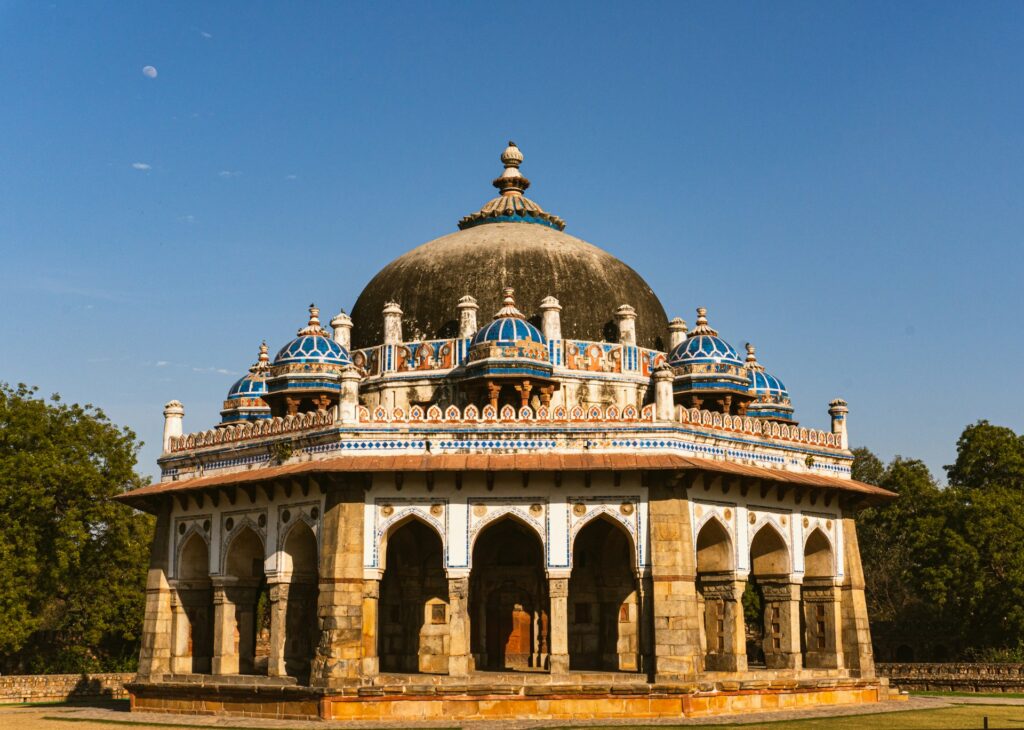
India, one of the world’s oldest civilizations, is home to a vast collection of historical monuments that reflect its rich and diverse cultural heritage. From ancient temples and grand forts to magnificent palaces and colonial landmarks, these sites tell stories of kings, conquests, faith, and art that shaped India’s identity.
Here’s an in-depth look at 19 famous historical places in India that every traveler should visit at least once.
1. Taj Mahal, Agra (Uttar Pradesh)
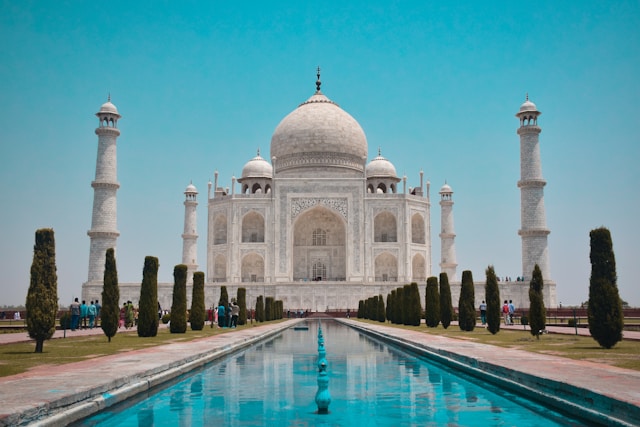
The Taj Mahal, a UNESCO World Heritage Site and one of the Seven Wonders of the World, is India’s most iconic monument. Built by Mughal Emperor Shah Jahan in memory of his beloved wife Mumtaz Mahal, this white marble mausoleum is a symbol of eternal love. Completed in 1653, the Taj Mahal’s architecture combines Persian, Islamic, and Indian styles. Its intricate marble inlay work, geometric gardens, and the play of light at sunrise and sunset make it one of the most photographed structures in the world.
Must-see: The reflection of the Taj in the Yamuna River during sunrise.
2. Red Fort, Delhi
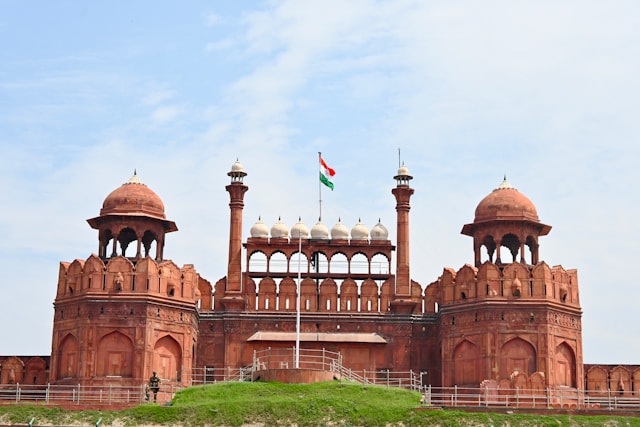
The Red Fort, or Lal Qila, stands as a testimony to India’s Mughal past and colonial history. Constructed by Emperor Shah Jahan in 1648, it was the main residence of the Mughal emperors for nearly 200 years.
Built with red sandstone, the fort houses notable structures like the Diwan-i-Khas, Diwan-i-Aam, and the Rang Mahal. Every year, India’s Prime Minister hoists the national flag here on Independence Day.
Must-see: The Sound and Light Show depicting the fort’s history.
21 Most Beautiful Places in Uttarakhand
3. Qutub Minar, Delhi
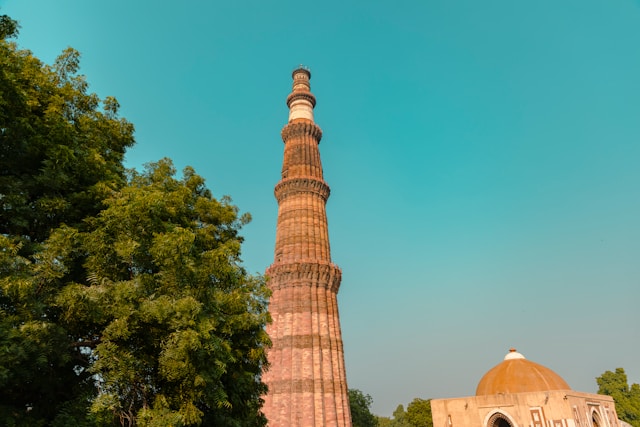
The Qutub Minar, a 73-meter-tall tapering tower, is the tallest brick minaret in the world. Built in 1193 by Qutb-ud-din Aibak and later expanded by his successors, it marks the beginning of Muslim rule in India.
The complex also includes the Quwwat-ul-Islam Mosque and the mysterious Iron Pillar, which has not rusted despite being over 1,600 years old.
Must-see: The intricate carvings and verses from the Quran inscribed on the minaret.
4. Hampi, Karnataka
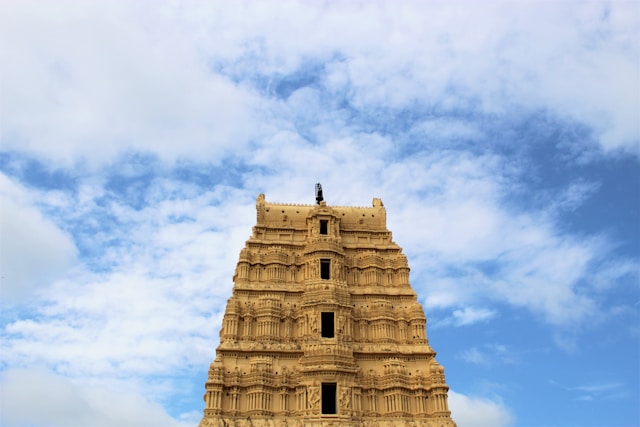
Once the capital of the Vijayanagara Empire, Hampi is an open-air museum of ruins and temples spread across massive boulder-strewn landscapes. The site, now a UNESCO World Heritage Site, showcases Dravidian architecture at its best.
Highlights include the Virupaksha Temple, Vittala Temple with its iconic stone chariot, and the Lotus Mahal.
Must-see: The musical pillars of the Vittala Temple that emit different tones when tapped.
5. Fatehpur Sikri, Uttar Pradesh
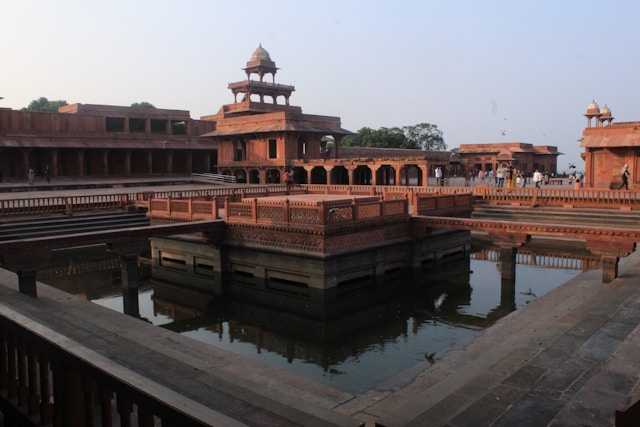
Constructed by Emperor Akbar in the late 16th century, Fatehpur Sikri served as the Mughal capital for a short period. This red sandstone city combines Persian and Indian architectural influences.
The city features landmarks like Buland Darwaza, Panch Mahal, and the Tomb of Salim Chishti.
Must-see: Buland Darwaza — the 54-meter gateway symbolising Akbar’s victory over Gujarat.
6. Khajuraho Temples, Madhya Pradesh
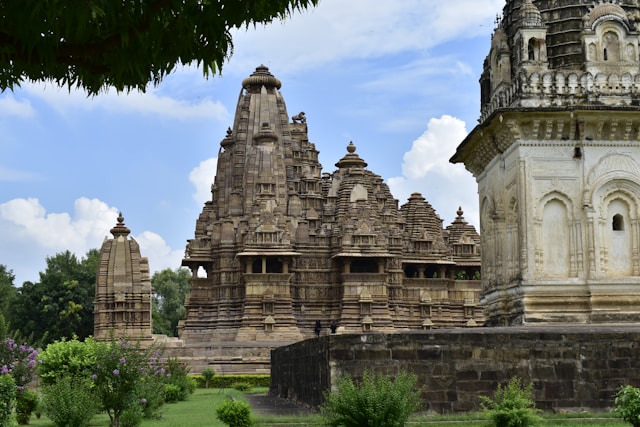
The Khajuraho Group of Monuments is world-renowned for its intricate carvings and erotic sculptures that celebrate human love, spirituality, and art. Built between 950 and 1050 AD by the Chandela dynasty, the temples reflect a perfect blend of religion and sensuality.
Out of 85 original temples, 22 remain today, divided into Hindu and Jain groups.
Must-see: The Kandariya Mahadev Temple with over 800 stunning sculptures.
Top 10 Beautiful Beaches in Kerala for Honeymoons
7. Ajanta and Ellora Caves, Maharashtra
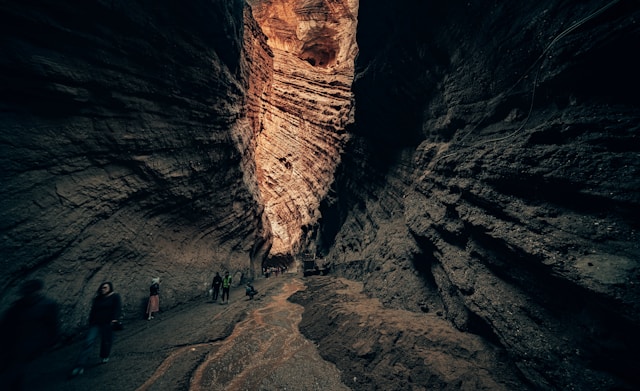
These rock-cut caves are masterpieces of Buddhist, Hindu, and Jain art. The Ajanta Caves (2nd century BCE to 6th century CE) are known for their exquisite murals and paintings depicting the life of Buddha, while the Ellora Caves (6th–10th century CE) showcase monumental temples carved from solid rock.
The highlight is the Kailasa Temple at Ellora — the largest monolithic rock excavation in the world.
Must-see: The paintings inside Cave 10 of Ajanta, depicting the Jataka tales.
8. Konark Sun Temple, Odisha

The Konark Sun Temple, built in the 13th century by King Narasimha Deva I, is designed as a colossal chariot of the Sun God, Surya, with 24 wheels and seven horses.
This UNESCO-listed site represents Odisha’s architectural brilliance and astronomical precision.
Must-see: The intricate carvings on the wheels that also function as sundials.
9. Mysore Palace, Karnataka
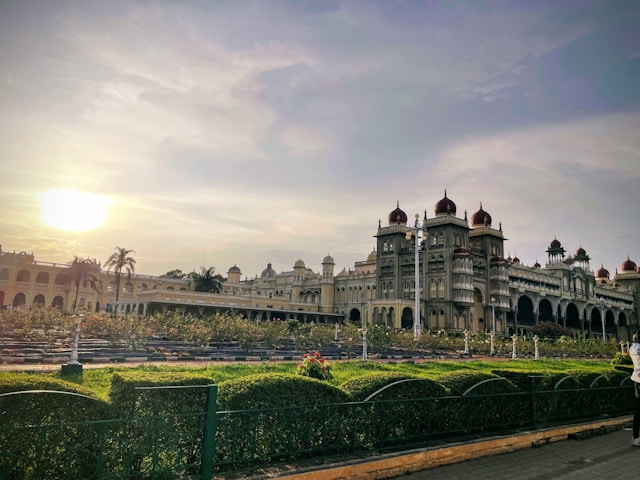
The Mysore Palace, also known as Amba Vilas Palace, is one of India’s grandest royal residences. Built in Indo-Saracenic style, it was completed in 1912 under Krishnaraja Wadiyar IV.
The palace features ornate ceilings, stained glass, and a dazzling illumination of 100,000 bulbs every Sunday evening.
Must-see: The palace illumination during the Dussehra festival.
10. Gateway of India, Mumbai (Maharashtra)
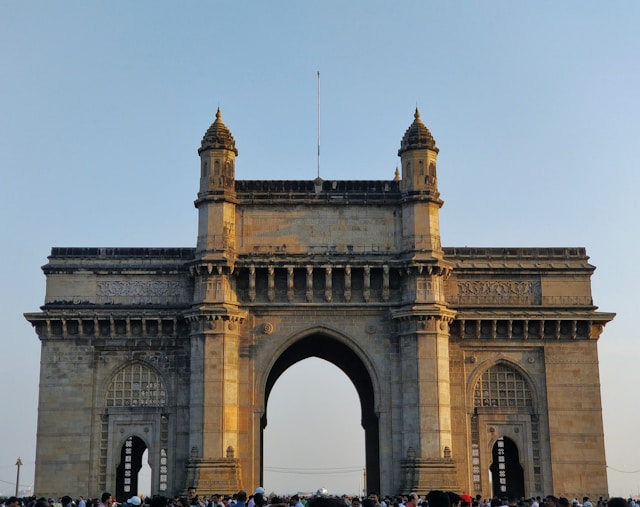
The Gateway of India, overlooking the Arabian Sea, is a colonial-era monument built in 1924 to commemorate the visit of King George V and Queen Mary. Designed by George Wittet, it became a symbolic entry point for the British Raj and later, a site of their departure.
Must-see: A ferry ride to Elephanta Caves from the Gateway.
11. Sanchi Stupa, Madhya Pradesh

The Great Stupa of Sanchi, built by Emperor Ashoka in the 3rd century BCE, is one of the oldest stone structures in India. It holds relics of the Buddha and represents the evolution of Buddhist art and architecture.
Must-see: The Toranas (gateways) that narrate scenes from Buddha’s life.
12. Jaipur City Palace, Rajasthan
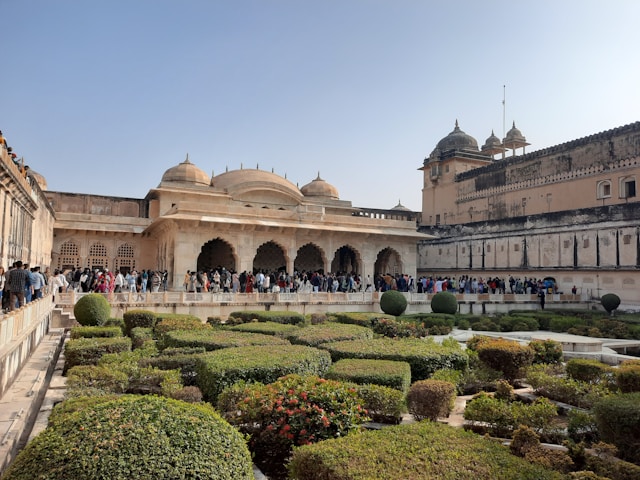
The City Palace in Jaipur is a magnificent blend of Mughal and Rajput architecture. Built by Maharaja Sawai Jai Singh II in 1727, the complex houses royal courtyards, museums, and halls.
It still serves as the residence of the royal family of Jaipur.
Must-see: The Peacock Gate, decorated with intricate motifs symbolising seasons.
13. Meenakshi Amman Temple, Madurai (Tamil Nadu)
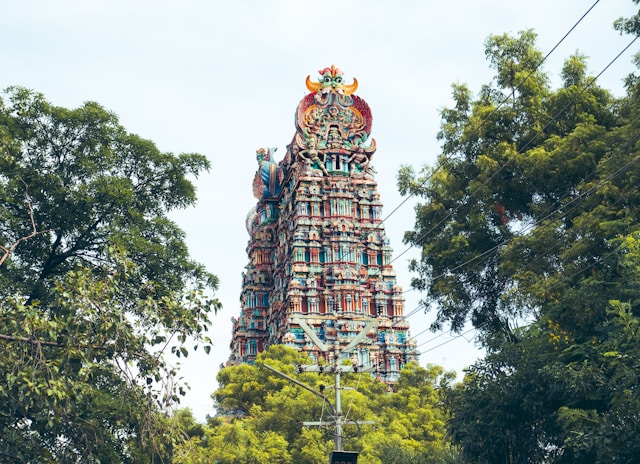
Dedicated to Goddess Meenakshi and Lord Sundareshwarar, this temple is an architectural marvel of the Pandya dynasty. Its towering gopurams are covered in thousands of colorful sculptures representing mythological stories.
The temple is both a spiritual and artistic masterpiece.
Must-see: The Aayiram Kaal Mandapam (Hall of Thousand Pillars).
14. Rani ki Vav, Gujarat
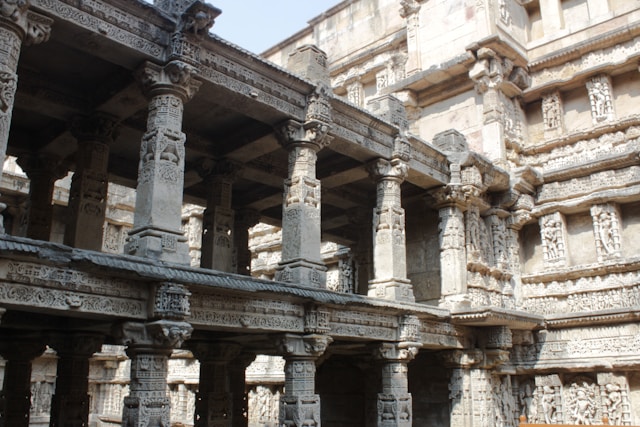
A UNESCO World Heritage Site, Rani ki Vav (Queen’s Stepwell) in Patan was built in the 11th century by Queen Udayamati in memory of her husband King Bhima I.
The seven-tiered stepwell is adorned with over 500 sculptures depicting Hindu deities and mythological figures.
Must-see: The detailed carvings of Vishnu’s various avatars.
24 Best Hill Stations in India Worth Visiting
15. Charminar, Hyderabad (Telangana)

Built in 1591 by Muhammad Quli Qutb Shah, the Charminar is the centrepiece of Hyderabad. The four minarets, each 48.7 meters high, form a square structure with arches facing cardinal directions.
It is surrounded by lively bazaars, including the famous Laad Bazaar.
Must-see: The view of the old city and Mecca Masjid from the top floor.
16. Hawa Mahal, Jaipur (Rajasthan)
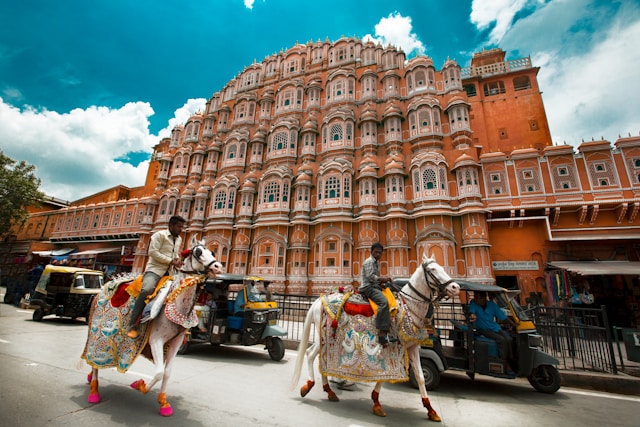
The Hawa Mahal, or Palace of Winds, is one of Jaipur’s most photographed landmarks. Built in 1799 by Maharaja Sawai Pratap Singh, it features 953 small windows (jharokhas) that allow royal women to observe street life unseen.
Its honeycomb structure and pink sandstone façade define Jaipur’s charm.
Must-see: Sunrise view from the upper floors overlooking Johari Bazaar.
17. Golden Temple, Amritsar (Punjab)
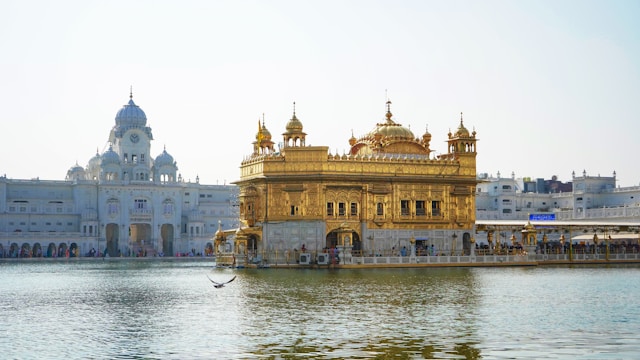
Also known as Sri Harmandir Sahib, the Golden Temple is the holiest shrine of Sikhism. Built by Guru Arjan Dev Ji in the 16th century, the temple’s dome is covered in gold leaf, and its serene reflection in the Amrit Sarovar (holy pool) creates an ethereal sight.
It welcomes people of all faiths and serves free meals (langar) to thousands daily.
Must-see: The temple illuminated at night with reflections in the lake.
18. Elephanta Caves, Maharashtra
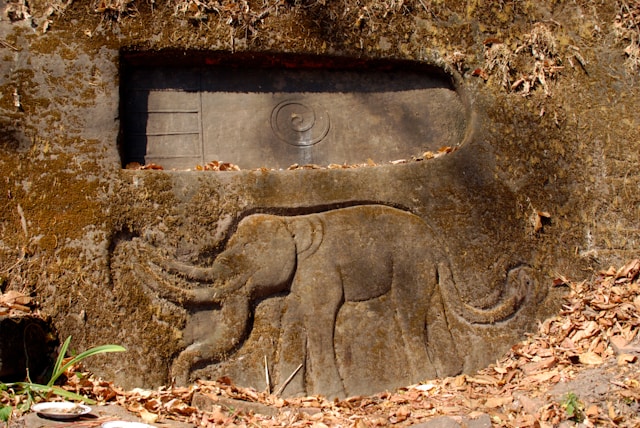
Located on Elephanta Island, near Mumbai, these 5th–6th century rock-cut caves are dedicated to Lord Shiva. The highlight is the 20-foot Trimurti sculpture, representing Shiva as Creator, Protector, and Destroyer.
The caves reflect a fine fusion of art and spirituality.
Must-see: The main cave’s Trimurti — one of India’s greatest sculptural masterpieces.
19 Famous Historical Places in India
19. Chittorgarh Fort, Rajasthan

The Chittorgarh Fort is one of India’s largest forts and a symbol of Rajput bravery. Built in the 7th century by the Mauryans, it was home to legendary rulers like Rani Padmini and Maharana Pratap.
The fort has witnessed many heroic battles and tales of Jauhar (self-sacrifice).
Must-see: The Vijay Stambh (Tower of Victory) and Rani Padmini’s Palace overlooking a serene lake.
Conclusion
India’s historical monuments are not just relics of the past — they are living chronicles that narrate tales of empires, devotion, and artistic brilliance. From the love immortalized in the Taj Mahal to the spiritual serenity of the Golden Temple, every monument reflects India’s journey through time. Exploring these 19 famous historical places in India is like walking through the chapters of history — each site offering a glimpse into the country’s soul, its culture, and its enduring legacy.
FAQ on Historical Places in India
1. What are some of the most famous historical places in India?
Some of the most famous historical sites in India include the Taj Mahal (Agra), Red Fort (Delhi), Qutub Minar (Delhi), Hampi (Karnataka), Jaipur City Palace (Rajasthan), Konark Sun Temple (Odisha), Khajuraho Temples (Madhya Pradesh), and Fatehpur Sikri (Uttar Pradesh).
2. Which is the oldest historical monument in India?
The Sanchi Stupa in Madhya Pradesh, built during the 3rd century BCE by Emperor Ashoka, is considered one of the oldest surviving stone structures and a symbol of India’s ancient Buddhist heritage.
3. What makes the Taj Mahal so special?
The Taj Mahal, built by Mughal Emperor Shah Jahan in memory of his wife Mumtaz Mahal, is renowned for its white marble architecture, intricate carvings, and perfect symmetry. It’s also one of the Seven Wonders of the World and a UNESCO World Heritage Site.
4. Which city in India has the most historical monuments?
Delhi is known for having the most historical monuments, including the Red Fort, Qutub Minar, Humayun’s Tomb, India Gate, and Jama Masjid — each representing different eras of Indian history.
5. Are there any ancient temples worth visiting in India?
Yes, India is home to many ancient temples such as:
- Brihadeeswarar Temple (Tamil Nadu)
- Konark Sun Temple (Odisha)
- Meenakshi Temple (Madurai)
- Virupaksha Temple (Hampi)
- Kailasa Temple (Ellora Caves, Maharashtra)
6. What are some UNESCO World Heritage Sites in India?
India has over 40 UNESCO World Heritage Sites including:
- Taj Mahal (Uttar Pradesh)
- Red Fort (Delhi)
- Hampi (Karnataka)
- Ajanta & Ellora Caves (Maharashtra)
- Kaziranga National Park (Assam)
- Hill Forts of Rajasthan
- Rani ki Vav (Gujarat)
7. Which historical place in India is best for architecture lovers?
For architecture enthusiasts, Khajuraho Temples (known for intricate carvings), Hampi ruins (Dravidian architecture), Mysore Palace, and Fatehpur Sikri are top picks. Each reflects unique regional styles from ancient to Mughal to colonial times.
8. What are some lesser-known historical sites in India?
Some underrated yet fascinating sites include Chittorgarh Fort, Orchha Fort, Mandawa Havelis, Lothal (Indus Valley site), and Champaner-Pavagadh Archaeological Park in Gujarat.
9. Which historical place is associated with Buddhism in India?
Major Buddhist sites include Bodh Gaya (where Buddha attained enlightenment), Sarnath, Sanchi, and Kushinagar — all integral to the life and teachings of Gautama Buddha.
10. Are there any historical sites linked to India’s freedom struggle?
Yes, sites like Jallianwala Bagh (Amritsar), Sabarmati Ashram (Ahmedabad), Cellular Jail (Andaman & Nicobar Islands), and August Kranti Maidan (Mumbai) are significant landmarks of India’s freedom movement.
11. What is the best time to visit historical places in India?
The ideal time is October to March, when the weather is pleasant for sightseeing, especially in northern and central India.
12. Are guides available at historical monuments?
Yes, most popular monuments have licensed guides or audio guide facilities available in multiple languages to enhance your tour experience.
13. What are some must-see forts in India?
Top forts include Amber Fort (Jaipur), Mehrangarh Fort (Jodhpur), Agra Fort (Uttar Pradesh), Golconda Fort (Hyderabad), and Chittorgarh Fort (Rajasthan) — each with its own historical legacy.
14. Which historical site represents colonial history in India?
Victoria Memorial (Kolkata), Gateway of India (Mumbai), Fort St. George (Chennai), and Goa’s Basilica of Bom Jesus are key colonial-era landmarks.
15. Can tourists photograph inside monuments?
Photography is generally allowed in most monuments, but some sites restrict flash or indoor photography — always check local guidelines and signage before taking pictures.
16. Are historical monuments in India wheelchair accessible?
Accessibility varies. Modernized sites like the Taj Mahal, Red Fort, and Qutub Minar have ramps and accessible pathways, while older or remote sites may have limited facilities.
17. Which historical place is best for family visits?
Agra (Taj Mahal & Agra Fort), Jaipur (Amber Fort & City Palace), and Delhi (Red Fort & Qutub Minar) are family-friendly with good amenities and educational value.
18. What should travelers keep in mind when visiting heritage sites?
Respect the site’s sanctity — avoid littering, vandalism, or touching carvings. Follow local rules, and dress modestly, especially at temples or religious monuments.
19. How can I plan a heritage tour of India?
You can plan region-wise — for example:
- North India: Delhi, Agra, Jaipur (Golden Triangle)
- South India: Hampi, Mahabalipuram, Madurai
- West India: Ajanta & Ellora, Chittorgarh, Rani ki Vav
- East India: Konark, Bodh Gaya, Kolkata
Many travel companies also offer heritage circuits covering multiple states.
20. Why are historical places important to India?
They showcase India’s diverse cultural heritage, architectural brilliance, and stories of dynasties, faiths, and freedom — connecting modern India to its glorious past.

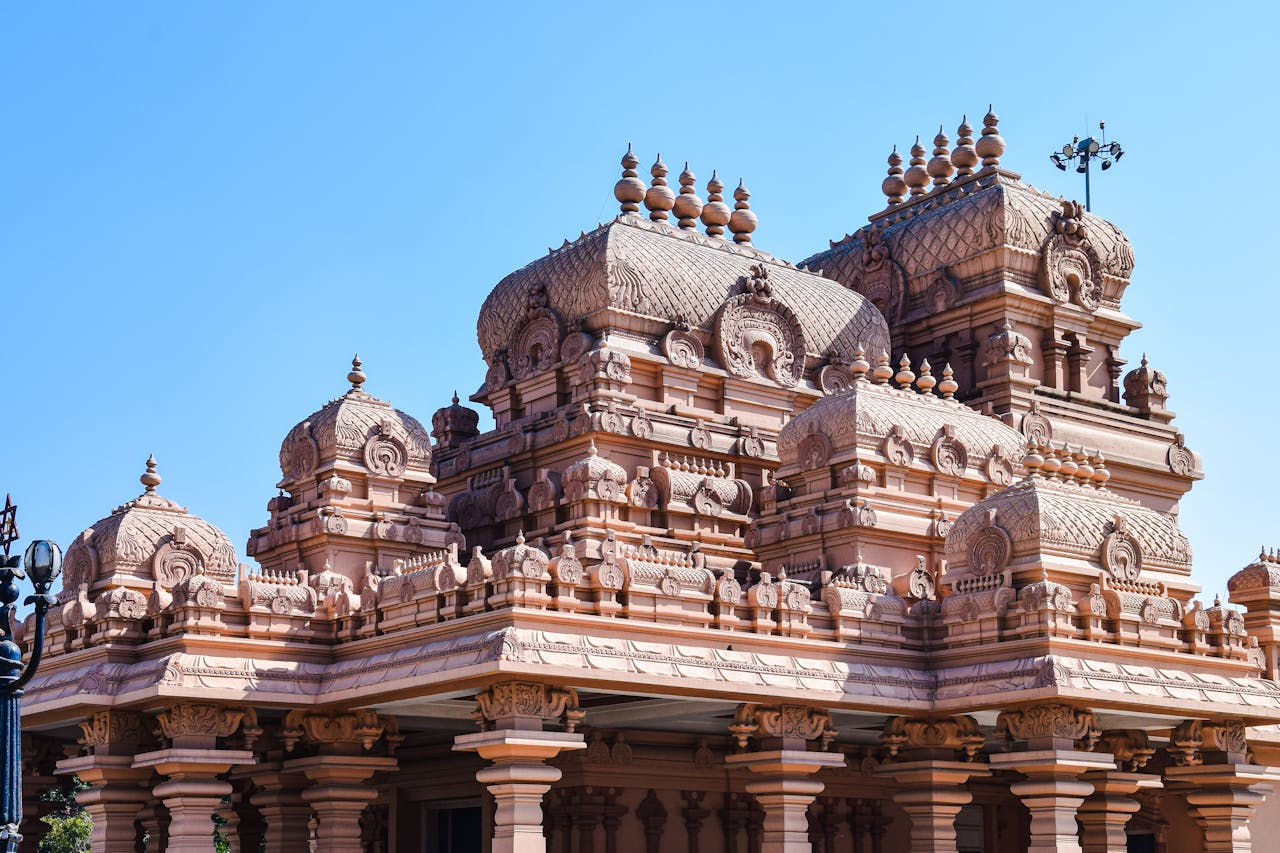
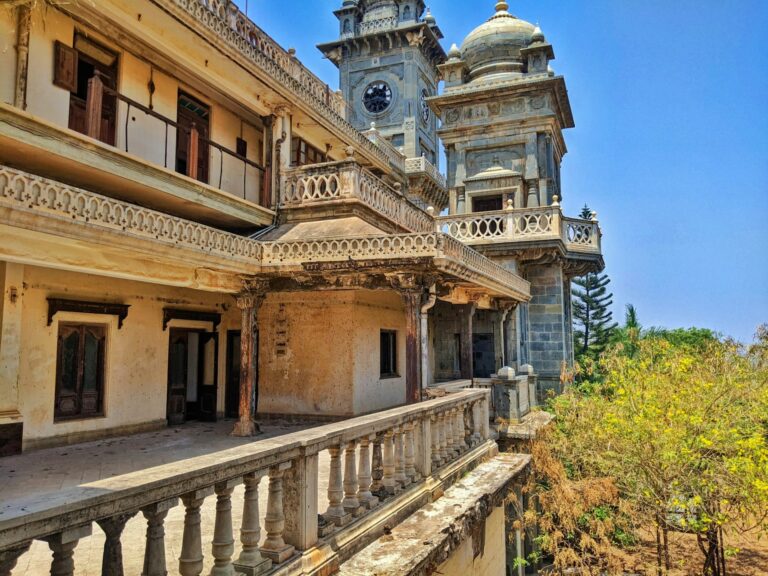

5 Comments